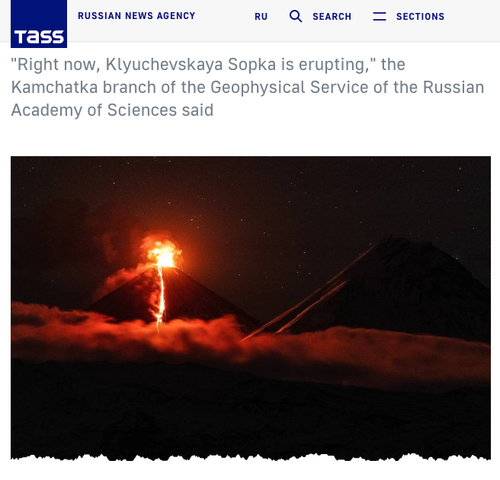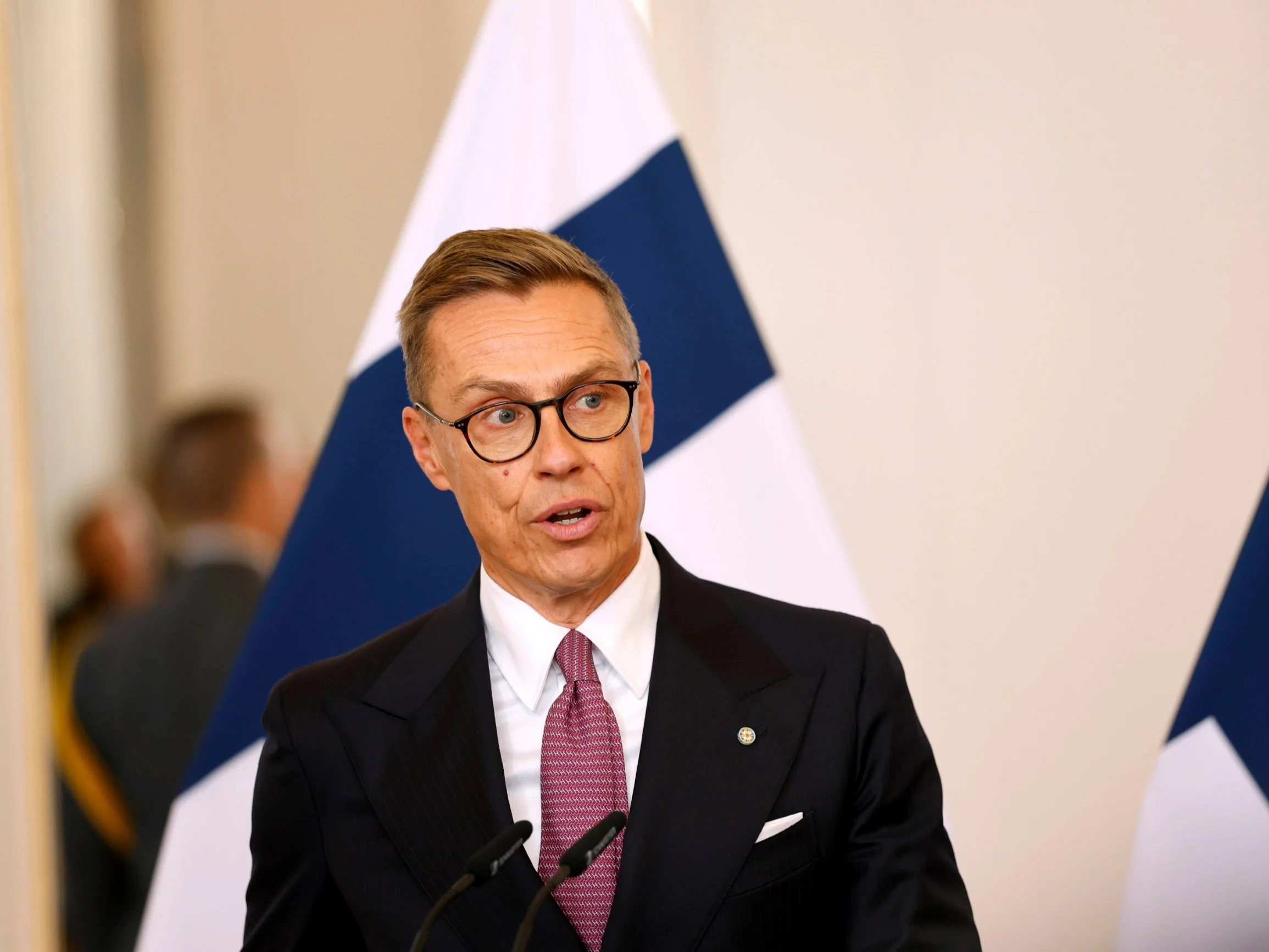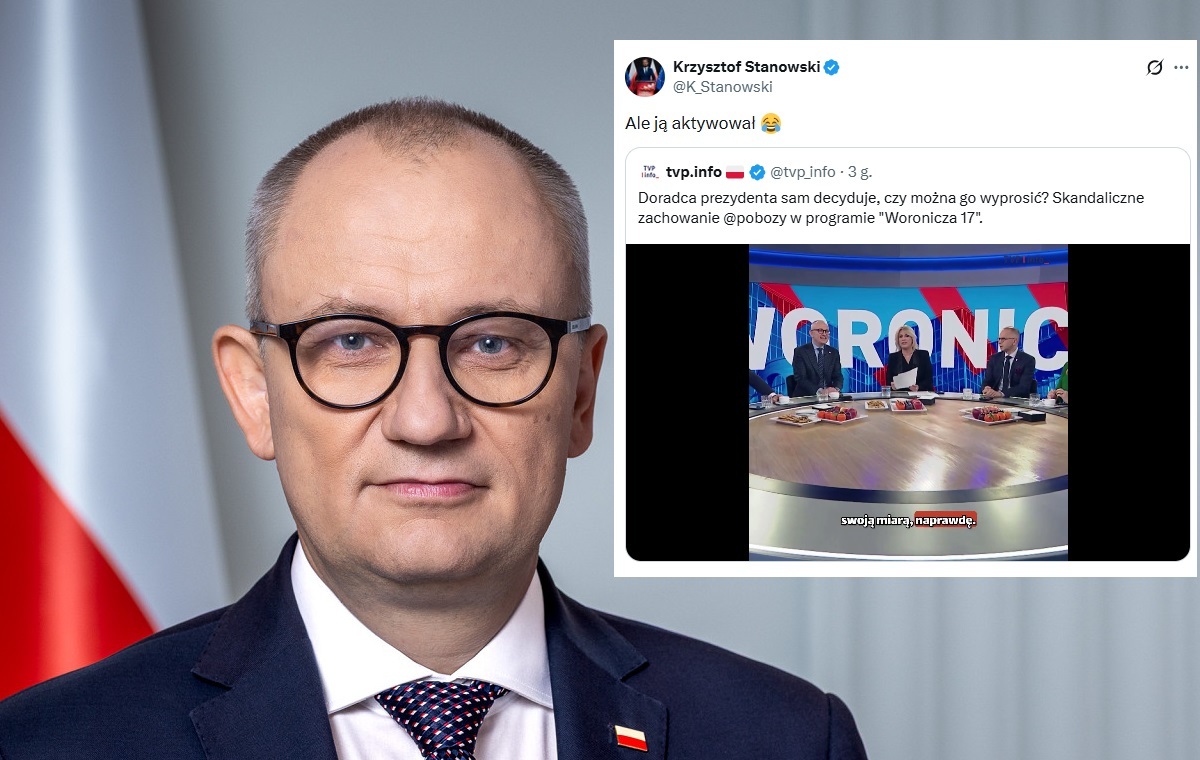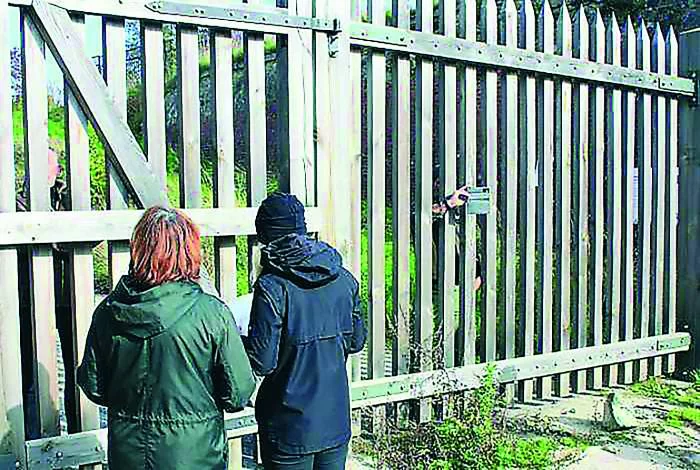
Ring Of Fire Awakens: Pacific Megaquake First Sparked Tsunami, Now Eurasia’s Tallest Volcano Erupts
A tsunami triggered by a massive underwater earthquake off the eastern coast of Russia, impacting Hawaii, Alaska, and the U.S. West Coast in the overnight hours, has now led to the eruption of Eurasia’s highest and most active volcano, located on the Kamchatka Peninsula.
Russian media Tass News said the 8.7 magnitude earthquake that struck off Russia’s Kamchatka was the „largest earthquake since 1952.” It cited the Russian Academy of Sciences, which now says the Klyuchevskaya Sopka volcano has begun to erupt shortly after the quake.
„Right now, Klyuchevskaya Sopka is erupting,” the Russian federal agency wrote in the post with an accompanying photograph of the volcano’s eruption.

Key facts about Klyuchevskaya Sopka:
-
Height: 4,750 meters (15,580 feet)
-
Type: Stratovolcano (steep-sided and symmetrical)
-
Location: Eastern Kamchatka, part of the Pacific „Ring of Fire”
-
Volcanic activity: One of the most active volcanoes in the world, with frequent eruptions recorded since the 17th century
-
Last eruption: Ongoing activity is common, with the most recent eruptions typically occurring every few years
-
Formation: Estimated to have formed about 7,000 years ago
More footage of the eruption:
VOLCANO ERUPTS IN RUSSIA’S KAMCHATKA AFTER STRONGEST EARTHQUAKE
The eruption of Klyuchevskaya Sopka began shortly after a powerful earthquake hit Kamchatka, with aftershocks still shaking the region. pic.twitter.com/JsSmE4Sa0B
— Sputnik (@SputnikInt) July 30, 2025
Following an earthquake in Kamchatka, the Klyuchevskaya Sopka volcano began erupting
Klyuchevskaya Sopka is the tallest and one of the most active volcanoes in Eurasia (4,750 m), located in Kamchatka. pic.twitter.com/hwGSwrdPpD
— Visegrád 24 (@visegrad24) July 30, 2025
Both the tsunami-triggering quake and the volcanic eruption stem from tectonic movements along the Pacific Ring of Fire, particularly the subduction of the Pacific Plate beneath the Okhotsk Plate. This suggests a major stress release event in the Earth’s crust.
This kind of event cluster in rapid succession could indicate a larger regional stress redistribution, raising the risk of additional quakes or eruptions in adjacent fault lines or volcanoes (e.g., in the Aleutians, Kuril Islands, or even Japan).
Tyler Durden
Wed, 07/30/2025 – 23:00









